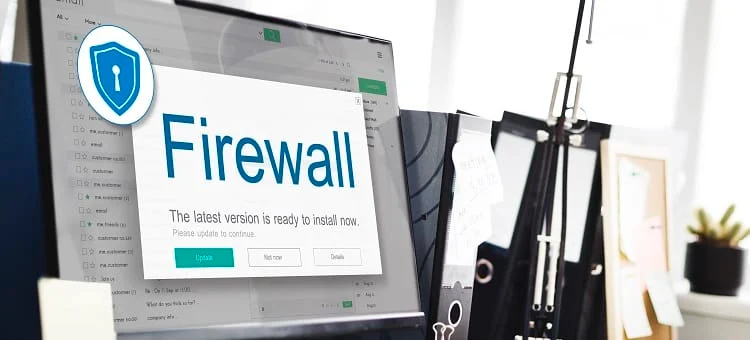Great choice! Here’s a full blog post based on the title:
🔐 The Future of Web Development Is Secure: 7 Trends Devs Can’t Ignore in 2025
Web development in 2025 is about more than code quality and beautiful interfaces—it’s about building secure, resilient, and future-ready applications.
With the rising tide of AI-driven cyberattacks, stricter data privacy laws, and rapidly evolving tech stacks, developers are under more pressure than ever to bake security into the heart of their projects.
Here are 7 security-driven trends every web developer should know in 2025:
1. Zero Trust by Default
Gone are the days of trusting users based on location or device. In 2025, the Zero Trust model is the new baseline. Every request, even from internal sources, must be authenticated and authorized.
✅ Use:
- JWT/OAuth2 tokens
- IP allowlists
- Session expiration strategies
2. Secure-by-Design Frameworks
Modern frameworks now offer security-first defaults. Frameworks like Next.js, Nuxt 3, and Laravel 10 come with built-in protections against common threats.
🔒 Look for features like:
- CSP-ready configurations
- Server-side rendering with auth guards
- Automatic escaping & sanitization
3. AI-Powered Threat Detection
AI isn’t just for hackers. It’s now being used by devs and security teams to flag suspicious behavior, detect anomalies in real-time, and adapt firewalls based on attack patterns.
💡 Tools like Cloudflare Bot Management and AWS GuardDuty integrate this directly into your stack.
4. CSP and Secure Headers as Standard
Security headers like Content Security Policy (CSP), X-Frame-Options, and Strict-Transport-Security are no longer “nice to haves”—they’re expected in production environments.
Use tools like Helmet.js in Node or secure headers middleware for Django and Flask.
5. Privacy-Driven Frontend Design
With regulations like GDPR, CCPA, and new AI data laws, frontend developers must take data minimization seriously.
🔍 Practice:
- Reduce tracking scripts
- Respect Do Not Track signals
- Avoid auto-loading third-party SDKs
6. Shift-Left Security
Security is no longer just the job of DevOps. Developers are now expected to “shift security left”, meaning it’s integrated into the earliest stages of coding.
🔧 Use tools like:
- Snyk, CodeQL, or ESLint security plugins
- DevSecOps pipelines for auto-scan and patching
- GitHub Advanced Security (GHAS)
7. End-to-End Encryption in Web Apps
With real-time apps, file sharing, and messaging services on the rise, more developers are implementing end-to-end encryption (E2EE) in the browser.
💬 Use libraries like Libsodium, Signal Protocol, or Web Crypto API for secure data exchanges.
✅ Final Thoughts
In 2025, web development is inseparable from cybersecurity. Users don’t just expect fast and sleek—they expect secure and trustworthy.
By staying ahead of these trends, you’re not just coding for convenience… you’re coding for confidence.
💬 What security trend are you implementing this year?
Let’s talk in the comments.






